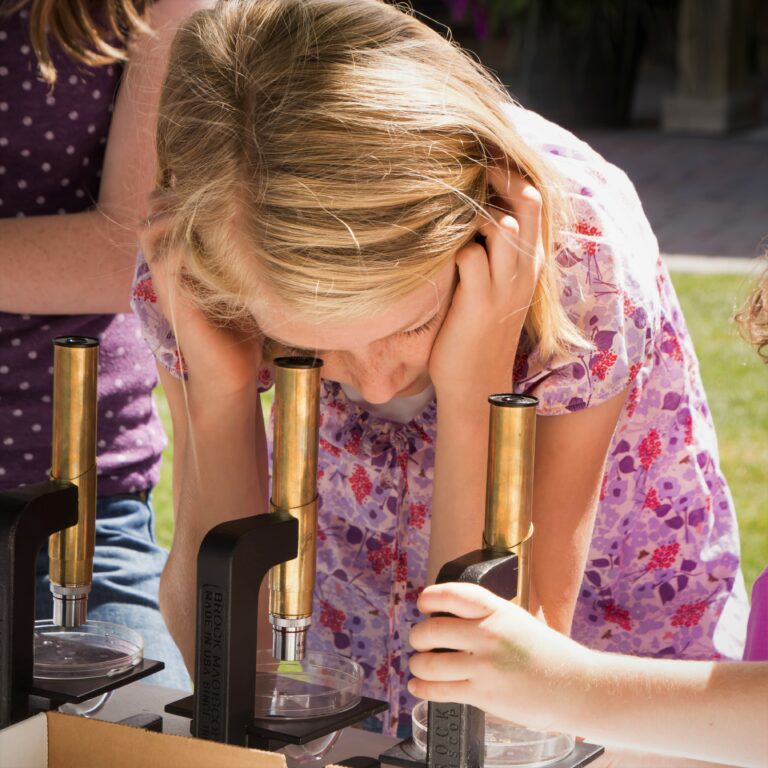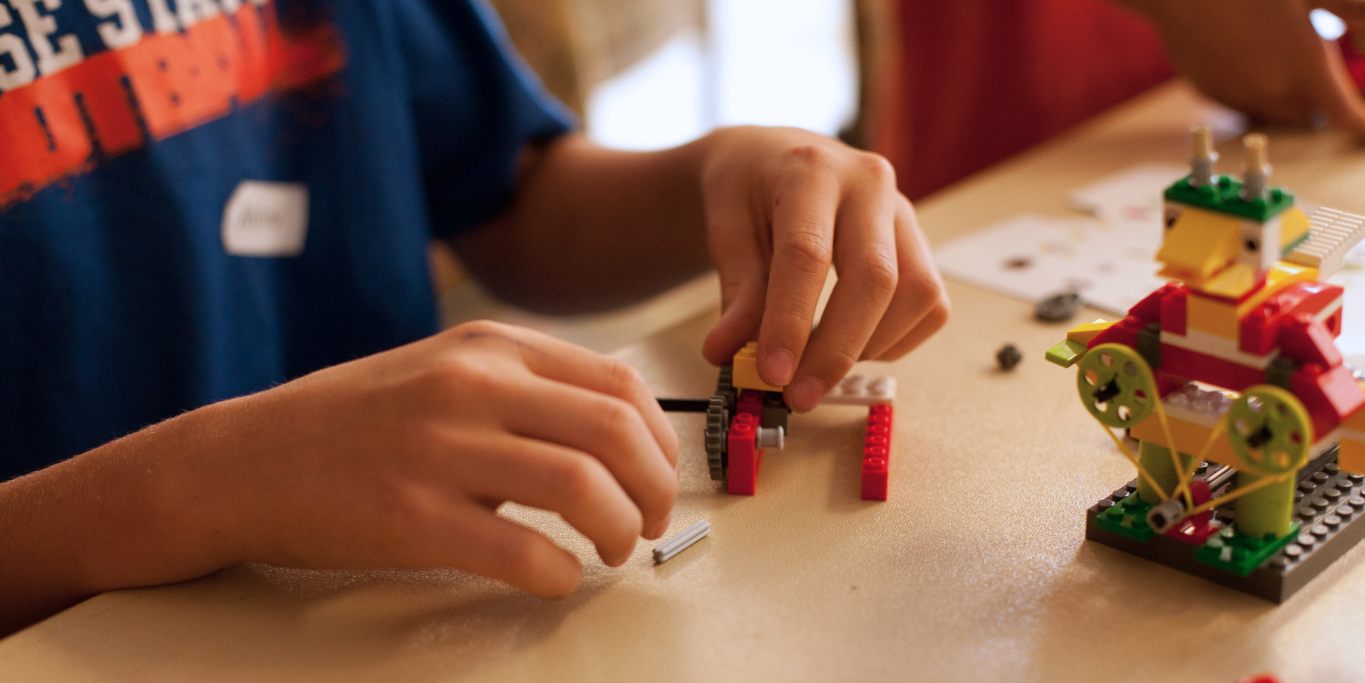Saturday, February 11 is the International Day of Women and Girls in Science. Science is such a big part of understanding the world we live in and the earth we live on. Whether it serves as a curiosity or as a career, science learning should be available to every age and every identity. In honor of this day, here are a few facts about women in STEM and a few highlights of women who changed STEM history.
Facts About Women in STEM:
- Women make up about half of the total U.S. college-educated workforce, but only 29% of women are in the science and engineering workforce.
- 19% of STEM company board members are women.
- 3% of STEM industry CEOs are women.
- Women make up about 46% of Biological Scientists, 40% of Chemists and Materials Scientists, 25% of Computer and Mathematical occupations, and 17% of Engineers and Architects.
- On a global average, female students score higher than male students in science test scores.
- Women’s enrollment in STEM college classes rises about 6% every year.
- Minority women represent 14% of STEM U.S. bachelor’s degree recipients.
- Minority women make up one-third of all women in STEM fields.
- Women have won 19 of over 600 Nobel Prizes awarded in STEM since 1901.
- Men are 7 times more likely to be depicted in STEM roles in film and television.
- Women make an average of $15,000 less yearly than men in the STEM workforce.
- 50% of women in STEM positions have faced gender discrimination in the workplace.
- 13% of female high school seniors say they plan for a STEM career, compared to 26% of male high school seniors.
Women Who Changed STEM:
- Mary Anning uncovered hundreds of fossils that aided a fuller picture of the aquatic world during the Jurassic period.
- Marie Curie was the physicist pioneer of radioactivity, and the first woman to win a Nobel Prize. Her daughter, Irène, discovered artificial radioactivity and also received a Nobel Prize.
- Barbara McClintock discovered that genes could move within and between chromosomes.
- Lise Meitner’s calculations led to the discovery of nuclear fission.
- Dorothy Crowfoot determined the structures of penicillin, vitamin B12, and insulin.
- Rosalind Franklin led to the discovery of the structure of DNA.
- Katherine Johnson, a NASA mathematician, developed equations that directly impacted space exploration.
- Radia Perlman invented the “spanning-tree protocol,” which allows devices to communicate with each other.
- Jane Goodall transformed the relationship between humans and animals, and her institute is devoted to furthering girls’ interest in science.
Though the numbers of women in STEM college majors, professions, and senior management continue to grow, they are stymied by discrimination, gender stereotypes, male-dominated cultures, and early education insecurity.
As more women are welcomed into the STEM workforce, the pay gap will continue to narrow, providing women with more financial stability, less field bias, and a more diverse workforce.
We need women. We need their intellect and ingenuity, their irreplaceable passion and talent. In every subject, in every field, but especially in STEM.
To support girls in STEM, we offer free programs for elementary and middle school students in a variety of STEM subjects. We know that women in STEM will make the world a better place, and we can’t wait to see it.
Sign up for the Thanksgiving Point Exploration Exclusive to get monthly blog updates!



